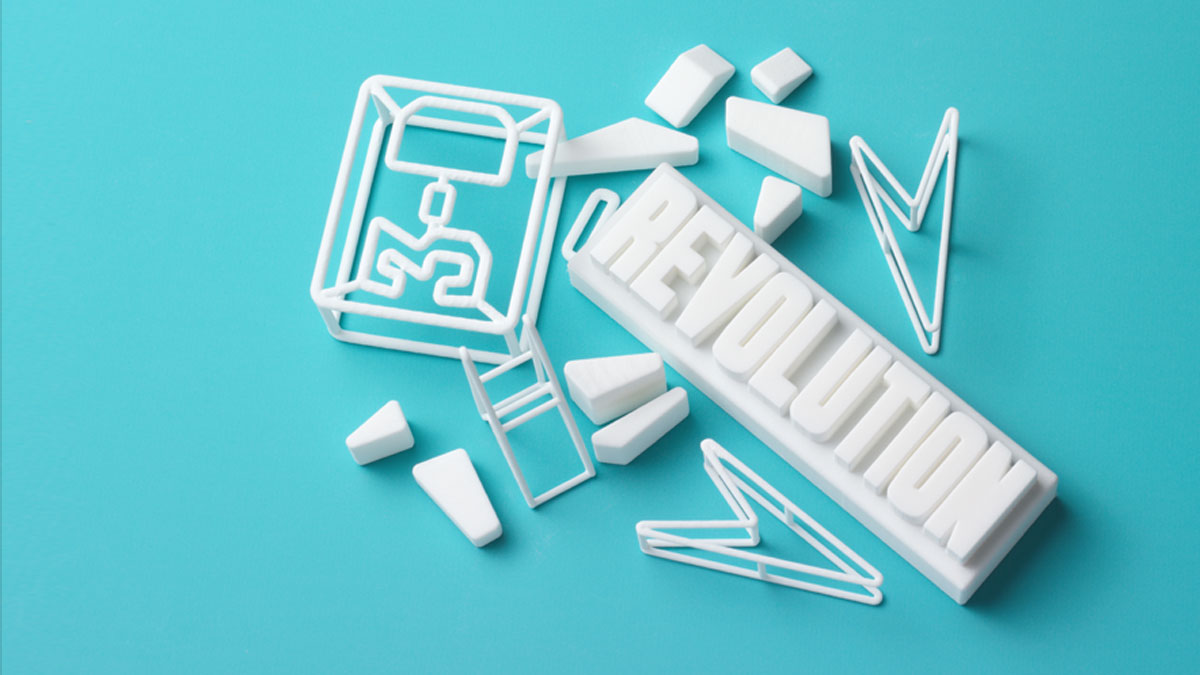What is 3D Printing?
What is 3D printing technology? I believe that many people have heard of 3D printing technology but there are still a large number of people who have not experienced it. This new technology is very hot, but many friends do not know what 3d printing technology is,! Here to share what 3D printing technology is!
3D printing (3DP), a rapid prototyping technology, is a digital model file-based, the use of powdered metal or plastic and other bondable materials, through the way layer by layer printing to construct the object technology.
What are 3D printers used for?
3D printing is usually achieved using digital technology material printers. It is often used to make models in fields such as mold making, industrial design, and gradually used directly in the manufacture of some products, and there are already many parts printed using this technology. 3D printing technology is used in jewelry, footwear, industrial design, architecture, engineering and construction (AEC), automotive, aerospace, dental and medical industries, education, geographic information systems, civil engineering, firearms, and other fields. There are applications.
3D printing technology emerged in the mid-1990s and is actually the latest additive manufacturing device using technologies such as light curing and paper lamination. It works basically the same as ordinary printing, with the printer containing liquid or powder "printing materials", which are connected to a computer and controlled by the computer to stack the "printing materials" layer by layer, eventually turning the blueprint on the computer into a physical object.
The ordinary printers used in daily life can print computer-designed flat items, and the so-called 3D printers and ordinary printers work basically the same principle, but the printing material is a little different. The printing materials of ordinary printers are ink and paper, while 3D printers are equipped with different "printing materials" such as metal, ceramic, plastic and sand, which are real raw materials. After the printer is connected to a computer, the computer can control the "printing materials" layer by layer, and eventually turn the blueprint on the computer into a physical object. In layman's terms, a 3D printer is a device that can "print" real 3D objects, such as printing a robot, printing a toy car, printing various models, even food and so on. The reason it is commonly referred to as a "printer" is that it refers to the technical principles of ordinary printers, because the layering process is very similar to inkjet printing. This printing technology is called 3D stereoscopic printing technology.
The Operation Steps of 3D Printer
There are many different techniques for 3D printing. Common materials used for 3D printing are nylon fiberglass, durable nylon, plaster, aluminum, titanium, stainless steel, silver-plated, gold-plated, and rubber-like materials.
Printing can be roughly divided into 3 steps:
Prepare the drawing
The design process for 3D printing is to first model the part through computer modeling software, then "partition" the completed 3D model into layer-by-layer sections, or slices, to guide the printer to print layer-by-layer.
Start printing
After leveling and printing, the machine begins to stack layer upon layer
Finish printing
The resolution of the 3D printer is sufficient for most applications (the surface may be rougher on curved surfaces, like jagged teeth on an image). A higher resolution item can be obtained by first using the current 3D printer to make a slightly larger object, and then slightly sanding the surface to obtain a smooth "high resolution" model.
Some technologies can print with multiple materials at the same time. Some technologies also use supports in the printing process, for example, in the printing of some upside-down objects need to use something easy to remove (such as soluble things) as a support.
3D printing technology development direction

Standard-setting bodies
When a lab makes a drawing and needs to share it, there are so many formats and standards that the field of 3D printing prototypes looks like a wild goose chase, with no standards.
Open source design, configuration and software
When there is a unified standard, the 3D printing industry will see open source. Right now, too many teams are focused on improving their 3D printing and growing in a self-imposed closed loop. In fact, the industry needs open source for equipment and software to produce more useful, efficient, and open innovation under a unified standard.
Prototype Labs
Prototype printing has not been taken seriously, so many medical device vendors are now placing their printing equipment in a dirty, dusty area. In fact, there are now commercially operated 3D printing labs to help these companies print higher quality prototypes.


Leave a comment